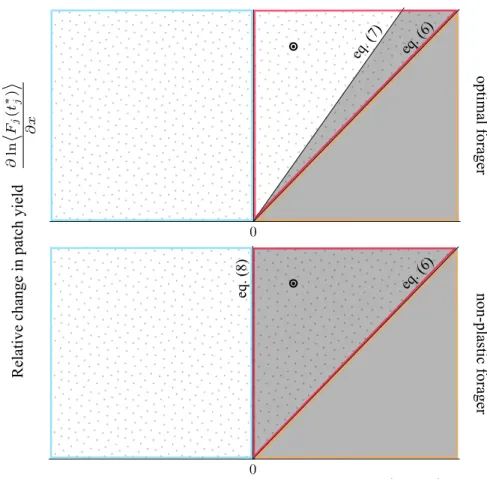How optimal foragers should respond to habitat changes: on the consequences of habitat conversion
Texte intégral
Figure




Documents relatifs
How optimal foragers should respond to habitat changes: a reanalysis of the Marginal Value Theorem. Opportunity costs resulting from scramble competition within the choosy sex
Using an updated aqueous phase iodine chemistry mechanism, our model studies have shown that the transformation of particulate iodide to volatile iodine species likely has
After radio tracking the movements of walking insects (Cosmopolites sordidus) in banana plantations, we considered the movements of individuals as states of a Markov chain
Figure 4:12 Graph for the final Pareto optimal Non Dominated Set: optimization of combined sugarcane distillery and cogeneration process ... exergy efficiency for
Given a synthesis (or a family of optimal trajectories) for an optimal control problem of the previous kind, is it possible to determine the corresponding class of costs L k.. We
We model the stationary (utilisation) distribution with a resource selection function to link the movement to spatial covariates, and allow inference into habitat selection3.
2) Storage tank systems for Class II and IIIA liquids inside buildings shall conform to this Part when they are used to supply appliances installed in conformance with CSA
The plots in Figure 17 show the relationships among average pressure, total area, force and peak pressure for the five largest events during the 1982 trials.. All events show